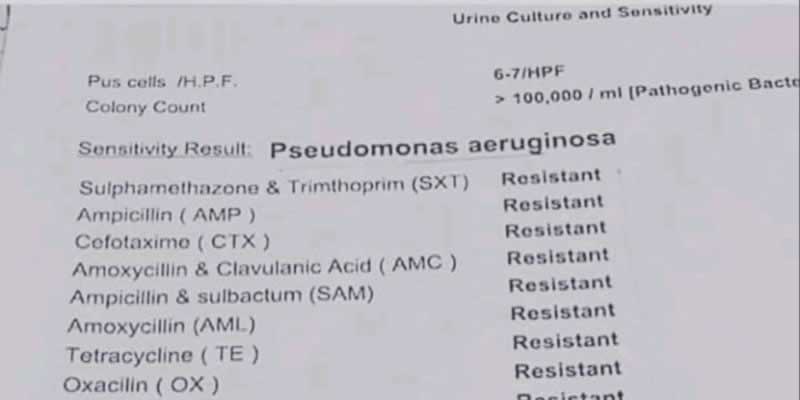
Antimicrobial resistance happens when germs like bacteria and fungi develop the ability to defeat the drugs designed to kill them. That means the germs are not killed and continue to grow. Resistant infections can be difficult, and sometimes impossible, to treat.
According to a latest investigation of a patient( by @maíracr), we can easily conclude that drug resistance is quite common today, and the situation is very urgent. In the list, we find that most the common-used drugs are being resistant, which is quite surprising to me.
Here are the drugs,
- Sulfamethazone & Trimthoprim
- Ampicillin
- Cefotaximo
- Amoxicillin & Clavulanic Acid
- Ampicillin & Sulbactum
- Amoxicillin
- Tetracycline
- Oxacilin
- Ceftriaxone
- Amikacin
- Doxycycline
- Tigecycline
- Ertapenem
- Gentamicin
- Imipenem
- Meropenem
- Nitrofurantion
- Cefepime
- Ciprofloxacin
- Norfloxacin
- Levofloxacin
- Colistin
- Cefoxiti
- Piperacillin
I have also highlighted the drugs that we test in milk to ensure their residual level is below the Maximum Residue Level/Limit.
So, finally, if antibiotics and antifungals lose their effectiveness, then we lose the ability to treat infections and control these public health threats.
